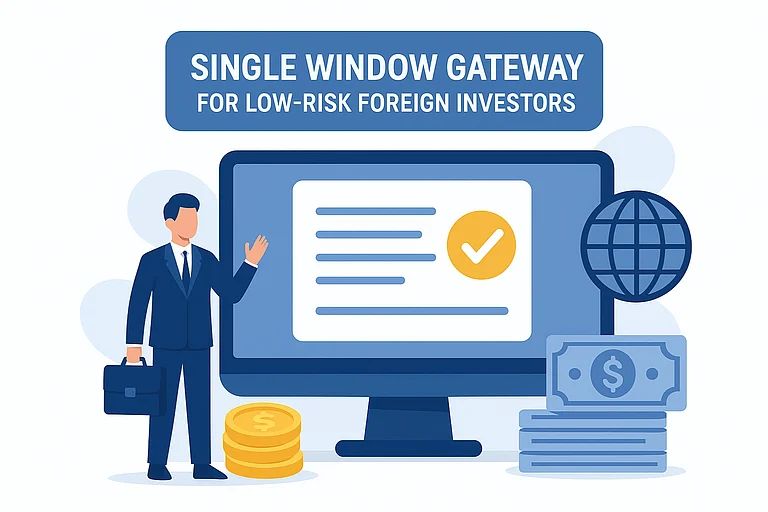Securities and Exchanges Board of India (Sebi) Whole Time Member Ananth Narayan gave an enlightening session in Outlook Money 40After40 Expo, where he said the mutual fund's risk-o-meter enclosed in the offer document is a poor measure of risk. Narayan explained how return and risk should be viewed in tandem. "Return is the point-to-point measure of where we started and where the journey ended. Risk measures how bumpy or smooth the journey was. Often advisors tell you not to worry about the journey, worry about the returns, as markets always end up higher over a long time period. I think it is bad advice. While advisors have done a great job in describing returns, they haven't done adequate work in describing the risk or the quality of the journey as we go from point to point," Narayan said.
"How do we measure risk or the bumpiness of a ride? This is where things get a little more tricky. The most ubiquitous measure is called volatility. Volatility tells you how much the daily returns vary. The volatility of Nifty this year is 16 per cent, a decent number for equity markets. In some individual stocks in Nifty, it goes to 25 to 30 per cent. Some mid-cap or small-cap stocks show volatility of over 50 per cent during this period," Narayan added.
"We should somehow internalise the measure of volatility and learn to see risk and returns in tandem. The risk-o-meter used in mutual funds is a poor substitute for actual volatility or actual metric of risk," he explained.
Here's Where Risk-o-meter Fails
The volatility of a stock can skyrocket immediately when market gets a whiff that a stock doesn't have sufficient liquidity. Fearing that the stock may not get sold, investors immediately start selling to the best possible bidders, and the stock would plummet. The stock specific illiquidity is not flagged by the risk-o-meter, though it factors in the illiquidity on a category basis.
Further the risk-o-meter doesn't take into account the risk tolerance of a specific investor. An young investor with long investment horizon to reach retirement can earn better returns from high risk equities, while the strategy should be exactly the opposite for a senior citizen. Risk-o-meter only takes into account historical data and asset allocation, ignoring the future volatility of a stock; needless to say the effect of immediate geopolitical situations and macro economic fluctuations.
Narayan's session about risk-vs-returns assumes more significance as Dalal Street experiences a blood bath due to ongoing FII outflow. Nifty is near 26,000 level, over three times the level seen during Covid-19 times.
The compounded annual growth rate of Indian markets (CAGR) has been more than 17 per cent per annum in the last five years, making it the best-performing market in the world.
He said the current volatility because of FII Outflow is good. Such volatility will give the young investors a taste of the market downcycle, which will prepare them for the future, to assess risk in a better way. To control the risk, he suggested investors diversify across asset classes. "The closest thing to a free lunch is diversification," Narayan says.
Last month, Sebi proposed to use colour-coded risk-o-meters to better represent risk in mutual fund schemes for unsavvy investors. The risk-o-meter will have six levels of risk, each identified by colours ranging from Irish Green to Red. Further, it mandated that any changes in the risk level of a scheme or its benchmark will be communicated to unitholders through a notice and addendum, as well as via email or SM.














